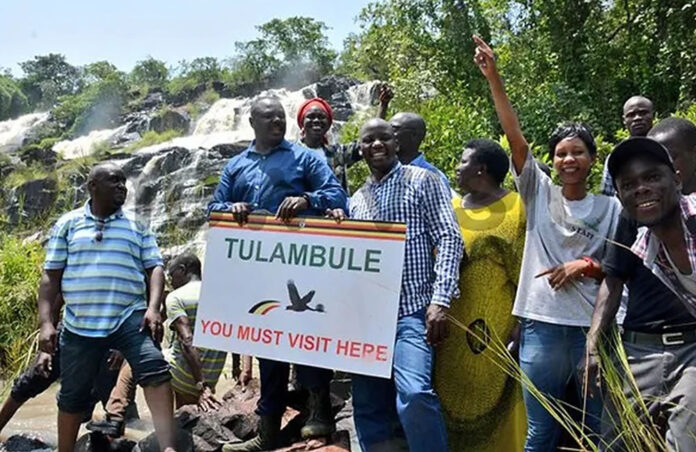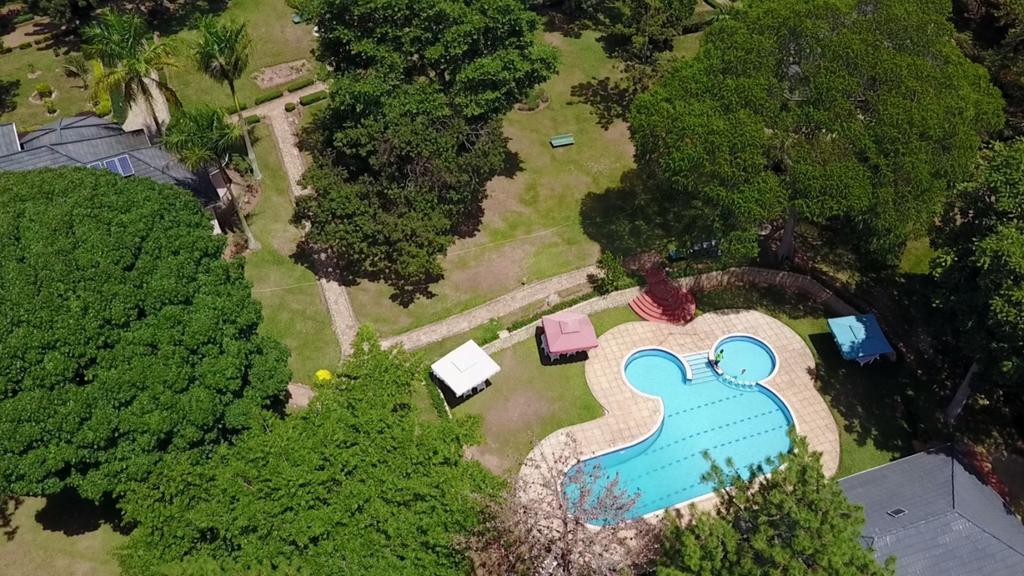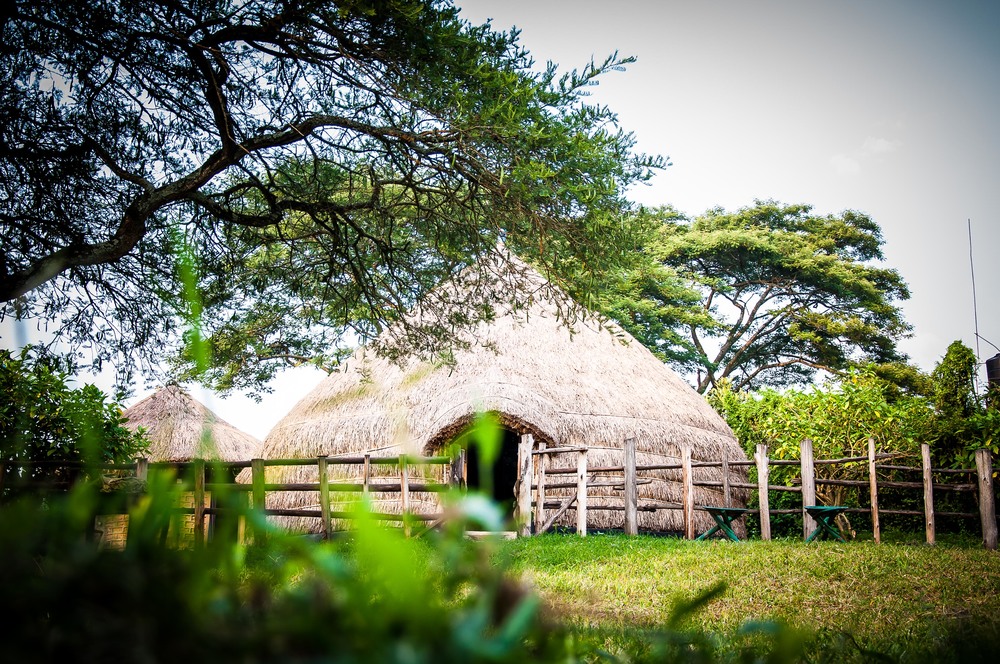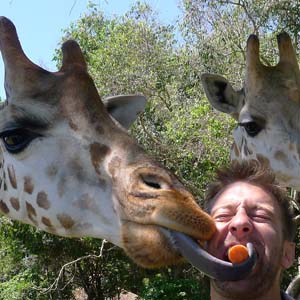Uganda is home to some of the most beautiful birds, animals, and features. These have been enhanced by the weather and topography of the country, which is the adulating plateaus, valleys, and others.
It is little wonder that we receive more than 1.3m million arrivals of tourists are registered every year, according to Uganda Tourism Board figures.
In this particular context, whoever jets into Uganda is considered a tourist regardless of the duration or purpose of their visit.
The figures also suggest that Tourist Arrivals in Uganda increased to 1,449,000 in 2017 from 1,323,000 Thousand in 2016. Tourist Arrivals in Uganda averaged 648,790 from 1990 until 2017, reaching an all-time high of 1449 Thousand in 2017 and a record low of 69,000 in 1990.
However, with all these numbers coming from other countries, Uganda’s appreciation for tourism remains dwindling below the expected numbers.
UTB indicates that out of every 10 Ugandans you find, only 2 know about the tourism centers in the country and have conveniently visited them.
Comparatively, Kenya, Uganda’s biggest tourism competitor registers over 50% of domestic visits to its tourism attractions. “This translated to 4.05million bed-night-occupancy in 2017, compared to 3.5M beds occupied in 2016,” says Najib Balala Kenya’s Cabinet Secretary for Tourism.
Ironically, Ugandan’s find it more convenient to travel to Kenya than exploring their own country. According to the end of 2018 report by the Kenya Tourism Board, over 20.6% of tourist arrivals in Kenya were Ugandans, most of whom sought holidays in the coastal areas, especially Mombasa and Diani. That is 61,542 arrivals.
Balala mostly attributes this success to massive promotional endeavors to Uganda’s travel market.
Picking a leaf from Kenya’s success story, View Uganda has dedicated the last four years to showcasing domestic tourists Uganda’s unique tourism attractions. This has been achieved through a multi-media penetration approach; through its website www.exploringuganda.com, social media platforms and a print magazine that is published on a quarterly basis.
Way forward
While launching the campaign of promoting local tourism last year, former TUB boss Stephen Asiimwe said the only way of making Ugandans appreciate their tourism is by increasing sensitization.
“We need to sensitize people and let them know that Uganda is that kind of place worth visiting and we can do this by first appreciating it as Ugandans. How we can do this is b76y allowing them to get involved into the tourism centers like encouraging them to visit them through promotions,” Asiimwe said.
“A lot of people were attributing our gorilla tourism growth in gorilla trekking to the rise in the price of Rwanda gorilla permits. The gorilla permits in Rwanda have been more expensive than Uganda’s for many years but why was Uganda having less than 50 percent throughout the year? Uganda even reduced its permits to $450 (about Shs1.6m) during a low,” one of the bloggers said and the reason Rwanda has grown enormously is that it has promoted local tourism.
At the start of this week, the government together with UTB made gigantic strides in the campaign to promote local tourism when they launched the Tulambule campaign in the Northern and Eastern parts of the country.
Mr. Godfrey Kiwanda, the minister of state for tourism said the move was aimed at making at least seven Ugandans know about tourism in their own country.
“We have been behind as a country in representing our own tourism. We need many Ugandans to know about what we are and what we have, this will make tourism one of the most lovely ventures you can ever involve yourself in,” Mr. Kiwanda said as he launched the campaign at Sipi Falls in Kapchorwa.
In accordance with the tourism review of 2011, Uganda’s tourism sector grew 25per cent compared to that of South Africa and Tanzania that grew 21 percent and 13.4 percent respectively.
Lilly Ajarova is UTBs new Executive Director. One of the primary strategies she intends to use to build on the above development is the usage of regional tourism clusters. She is optimistic that this will uplift domestic tourism promotion, partly because Ugandans can easily relate with the main products that will be fronted, especially cultural attractions.













